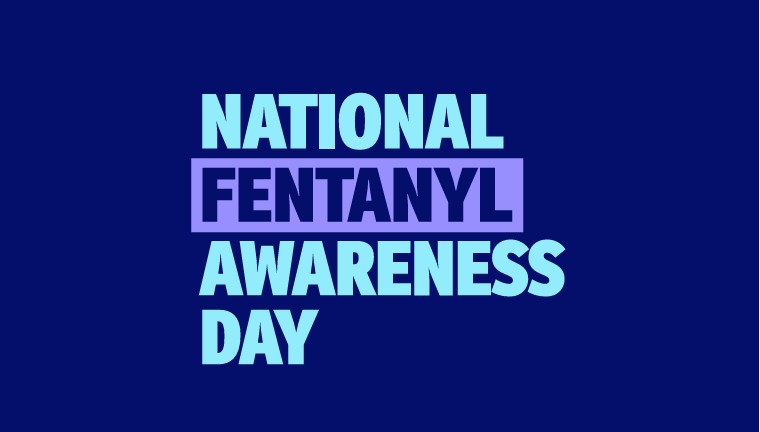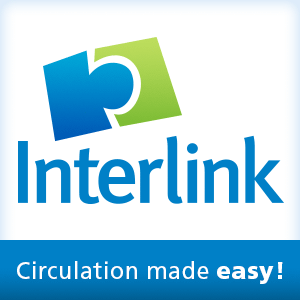Resolve to be accessible, stay relevant
Jim Pumarlo
Jan 1, 2023


Newsrooms place a premium on ensuring that government is transparent in its decisions. When elected and appointed officials fall short, a commentary is almost sure to follow.
The principle is equally applicable to newsroom operations. Do you practice what you preach?
Editors and publishers are regularly questioned on a variety of policies and procedures. The challenges were likely more frequent on the just–finished election cycle.
For example: My opponent’s press release was published verbatim with no opportunity to include my voice on a key campaign issue. Why did a letter endorsing my opponent receive better display than one from my supporter? How come my opponent’s election ad appeared in the A section, and mine was in the B section?
Trusting News, an initiative of the Reynolds Journalism Institute and American Press Institute aimed at helping journalists earn the trust of news consumers, says it best: Journalists must stop assuming people understand the mission, ethics and processes behind our work. We can’t let ourselves get lumped in with perceptions of “the media.” We need to actively work to earn trust from our communities by telling them why we’re worthy of their time, trust and support.
In today’s fractured media landscape, it’s imperative that newspapers go extra lengths to be transparent in their operations, especially in news coverage decisions. That means being proactive in explaining policies and procedures. Taking the time to have a conversation with readers will strengthen your credibility and can result in more substantive coverage. That’s a winning combination.
At its foundation, transparency means connecting with readers. Here are a handful of ideas:
Convene a readers board. Invite and rotate a panel of citizens to regularly evaluate your content. Sessions can range from an overall critique to soliciting story ideas to identifying gaps in coverage. The panels will be most productive — and most rewarding to the citizens and the newspaper alike — if the participants have a role in setting the agenda.
Solicit perspectives. Solid research is paramount to producing solid content, especially when producing in-depth series. Reporters’ first “interviews” should include talking with the stakeholders of a story to explore the aspects they deem important to understanding a subject.
Insert public voice in editorials. The process for framing editorials runs the gamut. Large newspapers might have formal boards. At small newspapers, the publisher and/or editor could represent the editorial board. All newspapers can benefit from additional voices. Consider having one or two community representatives and rotating them on a regular basis. Their perspectives can be a springboard for inviting guest commentaries or a point/counterpoint on a variety of subjects.
Open newsroom discussions. The exchange of ideas is at the heart of generating vibrant content. Yet, that process too often occurs within the confines of a newsroom huddle. Readers obviously forward ideas that are incorporated into everyday coverage. But why not, on occasion, open newsroom meetings so readers can witness firsthand the process and offer comments? Extending an invitation could be especially beneficial when planning special projects.
Explain your decisions. There’s no better way to keep readers in the loop than through regular communication. A column by the editor and/or publisher should be a fixture.
Educating readers on newspaper policies should be a priority. What are the guidelines for letters to the editor? Why (or why not) does a newspaper report suicides? Why are some ads rejected?
Reader comments and questions provide a never-ending stream of issues to address. The columns should not try to convince readers that a particular policy is the right policy, but rather should strive to help them understand the hows and whys behind decisions — to assure them that decisions are not made on a whim.
One element — convening conversations — is common to all of these ways to connect with readers. All newsroom decisions are stronger if the options and perspectives are explored with as many individuals as possible, especially with people outside normal newsroom discussions. Breaking barriers with readers in the spirit of transparency will make major strides in strengthening your bond with readers and enriching your newspaper content.
Jim Pumarlo is former editor of the Red Wing (Minnesota) Republican Eagle. He writes, speaks and provides training on community newsroom success strategies. He is author of “Journalism Primer: A Guide to Community News Coverage,” “Votes and Quotes: A Guide to Outstanding Election Coverage” and “Bad News and Good Judgment: A Guide to Reporting on Sensitive Issues in Small-Town Newspapers.” He can be reached at www.pumarlo.com and welcomes comments and questions at jim@pumarlo.com.










